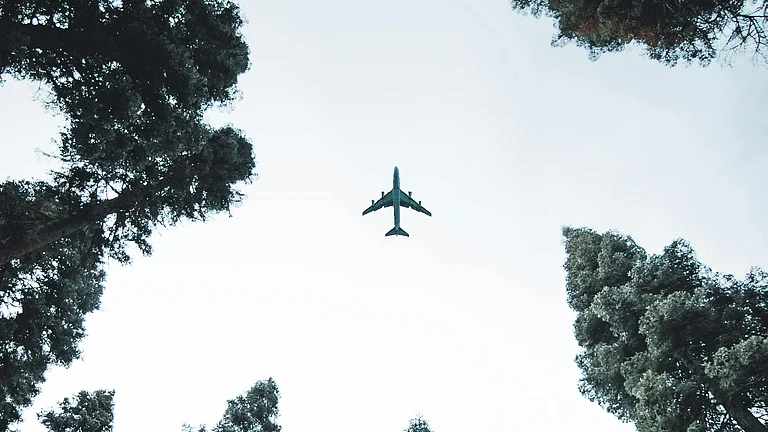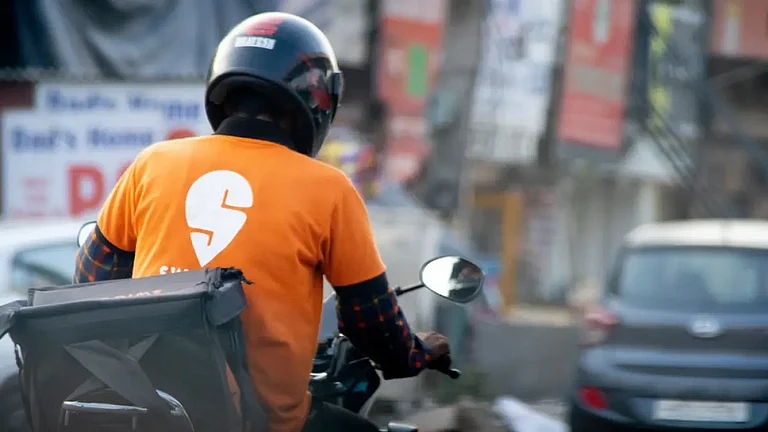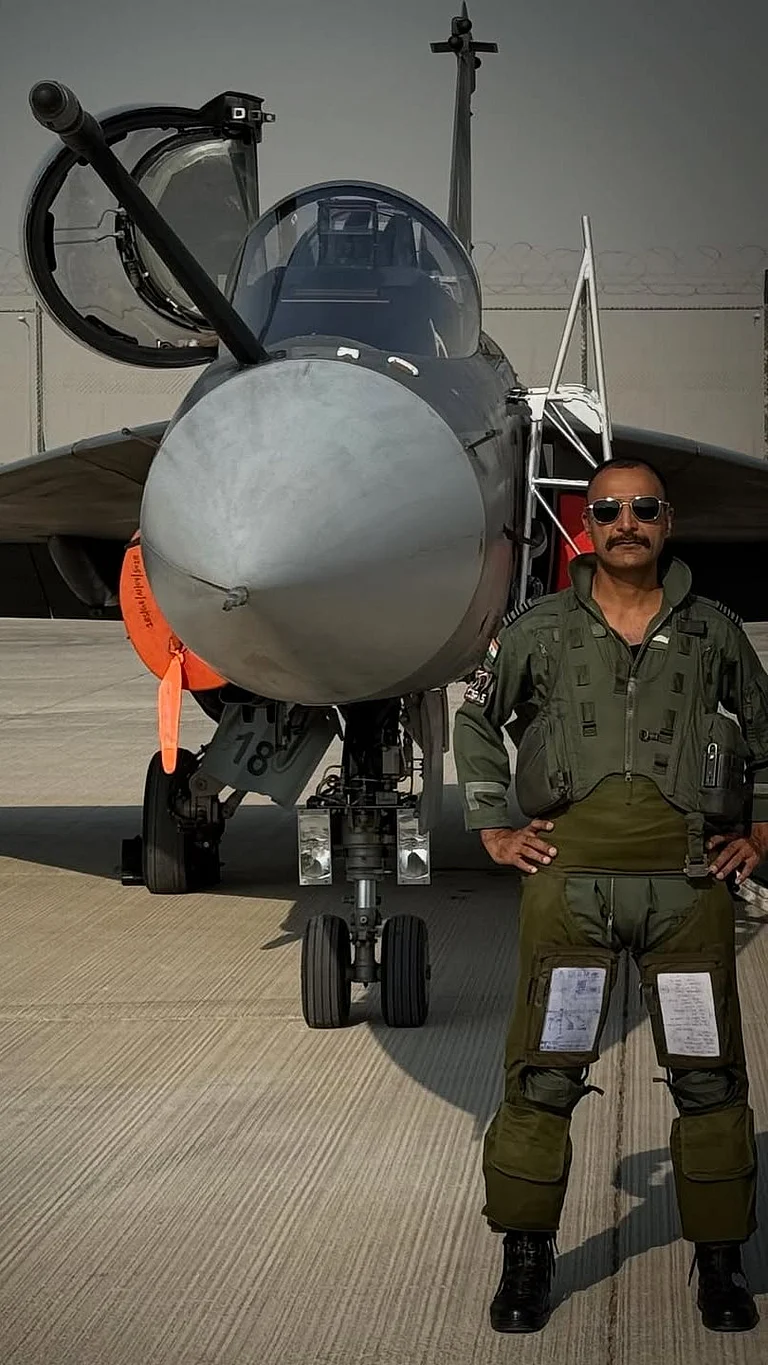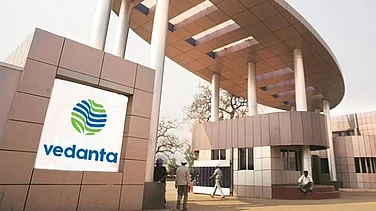India on Wednesday executed a swift and precise military response, Operation Sindoor, targeting nine terror-linked camps in Pakistan. This operation was a retaliation for a terrorist attack on April 22 in Jammu and Kashmir's Pahalgam that claimed the lives of 26 civilians, mostly tourists.
Central to this coordinated tri-service strike were the Indian Air Force's (IAF) Rafale fighter jets, which reportedly efficiently carried out the 23-minute mission. The IAF deployed Rafale fighter jets equipped with SCALP cruise missiles and HAMMER precision-guided munitions, striking high-value terror infrastructure without crossing into enemy airspace, striking targets associated with terrorist groups like Jaish-e-Mohammed and Lashkar-e-Taiba.
Pakistani officials told Reuters that the bombings had killed eight people and injured 38 more, including five civilians who were killed in Ahmedpur East in the province of Punjab. The spokesperson also reported up to 24 strikes across six locations. India yet to share details of the same.
The Rafale: Enhancing India's Aerial Prowess
The Rafale, manufactured by France's Dassault Aviation, is a 4.5-generation multirole fighter jet known for its versatility. It is capable of performing a range of missions including air superiority, ground support, reconnaissance and nuclear deterrence. It is equipped with advanced avionics and weaponry.
The Rafale's armament significantly boosts India's strike capabilities. The Meteor missile, a beyond-visual-range air-to-air missile with a range exceeding 150 kilometres, allows the IAF to engage aerial threats at considerable distances, surpassing the capabilities of neighbouring adversaries.
For ground targets, the SCALP cruise missile offers a range of over 300 kms, enabling precision strikes deep into hostile territory without exposing the aircraft to enemy air defences. These were crucial for the execution of India's response in the Pakistan territory for effective engagement of targets also minimising collateral damage.
It can fly at a blistering top speed of nearly 2,222 km per hour. But it’s not just fast; it can also travel deep into enemy territory, with a combat radius of over 1,000 km, giving it the reach needed for long-range patrols or precision strikes far from base.
It comes equipped with radar warning receivers, which alert pilots to enemy tracking or missile threats, giving them critical seconds to react or counter. One of its most strategic advantages is its cold start capability, allowing it to take off from high-altitude airbases like Leh even in freezing conditions—vital for quick deployment along the northern borders. India's Rafale jets are also being integrated with the BrahMos-NG supersonic cruise missile, a lighter and more compact version of the original BrahMos.
Rafale-M variant is also being procured for the Indian Navy to operate from aircraft carriers. Its communication systems are tuned to work with Indian satellites and AWACS aircraft, ensuring real-time coordination during complex missions.
The aircraft also features 14 hardpoints that can carry a weapons payload of up to 9,500 kilograms, giving it enormous firepower flexibility.
Cost of Rafale
According to Dassault Aviation, currently 36 Rafale jets are in service with the IAF. The procurement of the same was finalised in 2016, amounted to approximately €7.8bn or around Rs 58,000 crore. This comprehensive deal included the aircraft, weapon systems, maintenance support and India-specific enhancements such as Israeli helmet-mounted displays .
































